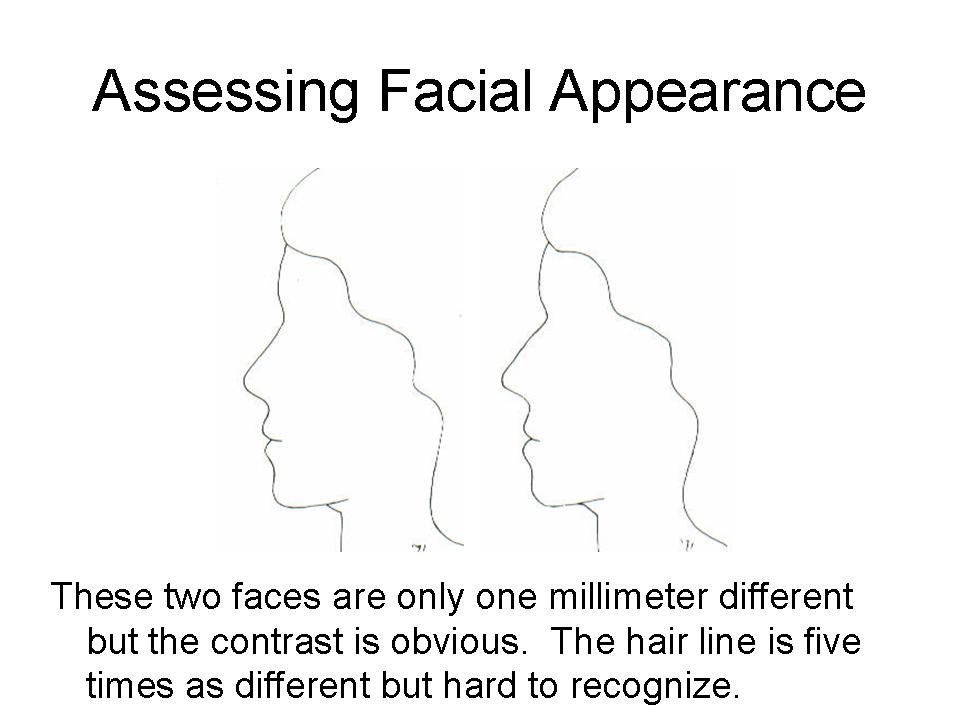Facial Growth

Research has shown that forward growth of the mid-face is the most attractive feature of facial appearance. Many people claim that the eyes are also important but actually the eyeball does not vary much and it is the ‘cheek bones’ which create facial beauty (see picture of cheek bone).
Many people have tried to find a way of measuring facial attractiveness, but it is surprisingly difficult. Back in the nineteenth century Physiognomists used to measure facial bumps and protrusions claiming to relate them to personality characteristics, but this has now been discredited.
In the 1920s WB Downs started to examine the shape of the skull using X-rays identifying certain points which appeared to be more stable during growth than others. However Brodie examined Downs X-rays in 1938 and declared that "The most startling find was the apparent inability to alter anything beyond the alveolar process". This view has been accepted by most orthodontists ever since.
In 1966 Bjork inserted small metal implants to the maxilla and mandible and found growth “varied individually from almost purely sagittal to purely vertical”. This is a bigger variation than is seen in any other primate or probably even animal. Subsequently in 1976 Isaacson reworked Bjorks material and claimed that “Remodelling occurs extensively in bony surfaces, making them too labile for use as stable landmarks”. In effect all the bones of the mid-face alter shape, size and relationships.
In reality the whole mid-face complex of ten or more bones hinges back at Nasion. However as Isaacson found, it is difficult to identify forward growth from X-rays. Battagel in 1996 found that "the vertical changes are not easily detected by conventional cephalometric investigations”.
How then can we measure forward facial growth? The amazing research of Samuels, & Elwy in 1985 showed that babies as young as 3 months old are able to recognize attractive forward growing faces. So clearly the ability to recognize ideal facial shape is born within us. We just recognize it as beauty but we can see if it changes even 1 millimetre see illustration.. If this is true then the human eye might be a better way of recognizing forward facial growth than X-rays.
Orthodox teaching creates traditional thinkers, it is time to think out of the box and recognize that facial change is better measured by the eye than a ruler. That is why the public like Orthotropics even although the teeth may not be as straight.